Exploring the Evolution of Kirby's Image: From "Angry Kirby" to Global Consistency
Former Nintendo employees shed light on the fascinating evolution of Kirby's image in Western markets, revealing a strategic shift in localization and marketing approaches. This article delves into the reasons behind the differences between Kirby's Japanese and American portrayals, and how Nintendo's global strategy has impacted the character's presentation.
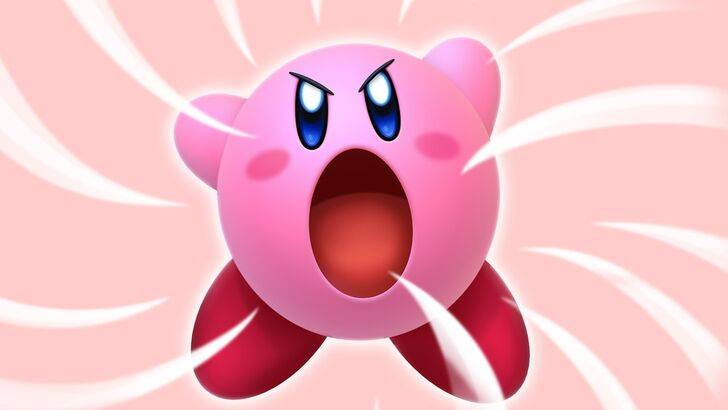
The "Angry Kirby" Phenomenon: A Marketing Strategy
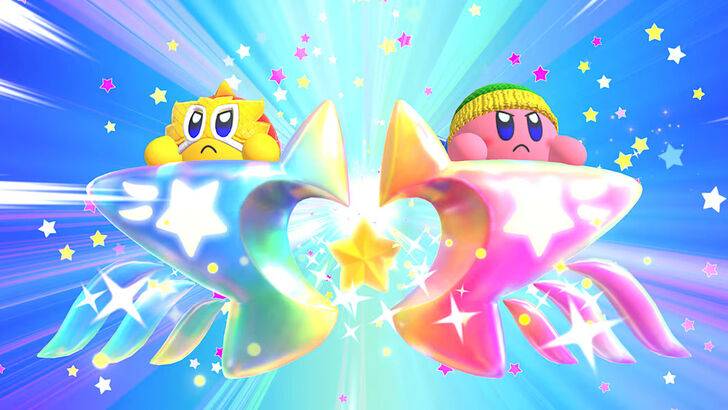
The "Angry Kirby" moniker, coined by fans, reflects a deliberate decision by Nintendo to present a more determined, even fierce, Kirby on Western game covers and promotional materials. Leslie Swan, a former Nintendo Localization Director, clarified that the goal wasn't to portray anger, but rather a sense of resolve, a contrast to the generally sweeter image preferred in Japan. This strategic shift aimed to appeal to a broader Western audience, particularly teenage boys, who were perceived as more receptive to tougher characters. Shinya Kumazaki, director of Kirby: Triple Deluxe, corroborated this, noting the contrasting preferences in Japan (where cute Kirby reigns supreme) and the US (where a more battle-hardened Kirby resonated).
Rebranding Kirby: Beyond the "Super Tuff Pink Puff"
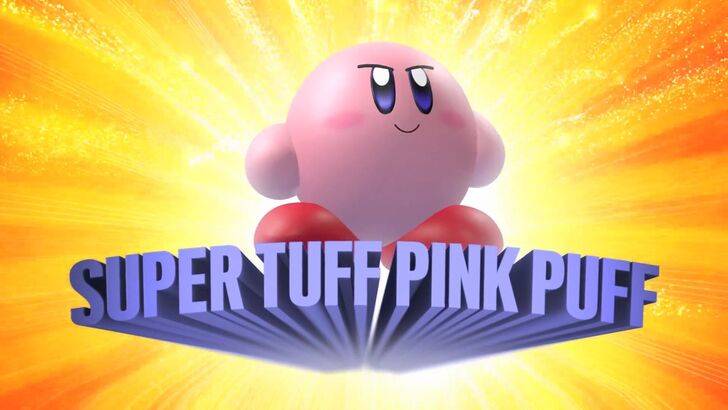
Nintendo's marketing efforts actively sought to distance itself from a solely "kiddie" image. Krysta Yang, a former Nintendo of America Public Relations Manager, highlighted the prevailing desire to project a more mature, "cool" image during a specific era. The "Super Tuff Pink Puff" tagline for Kirby Super Star Ultra exemplifies this approach. The focus shifted towards emphasizing the combat aspects of the games, hoping to attract a wider age range and avoid the perceived stigma of being solely a children's franchise. While recent years have seen a more balanced portrayal of Kirby, the cute persona remains dominant in public perception.
Localization Choices: From Monochrome to Mean Mugshots
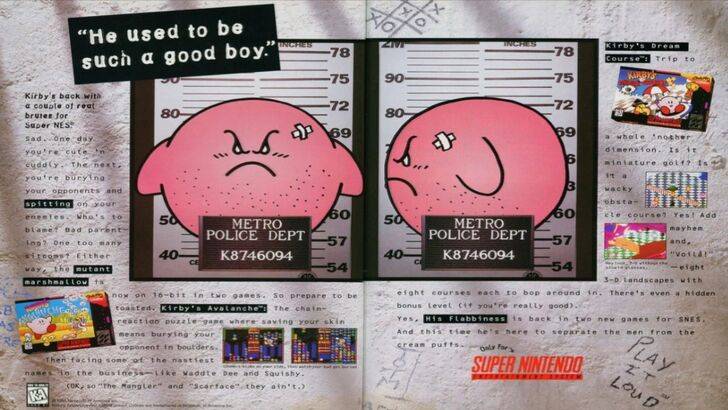
The divergence in Kirby's presentation began early, notably with a 1995 "Play It Loud" advertisement featuring Kirby in a mugshot. Subsequent game box art often depicted Kirby with sharper eyebrows and more intense expressions, a stark contrast to his Japanese counterparts. Even the color palette was altered; the original Kirby's Dreamland for Game Boy featured a ghostly-white Kirby in the US release, a decision driven by the Game Boy's monochrome screen. However, this ultimately proved problematic, as a "puffy pink character" was deemed less marketable to the target demographic.
A More Globalized Approach
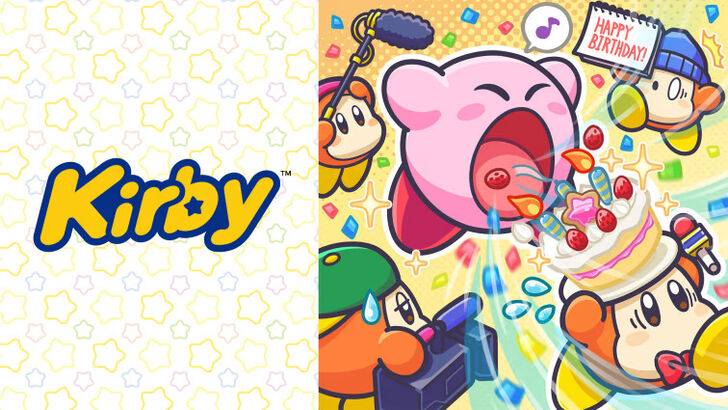
Both Swan and Yang agree that Nintendo has adopted a more globalized marketing and localization strategy. Closer collaboration between Nintendo of America and its Japanese counterpart has resulted in greater consistency across regions. This shift aims to create a unified brand image, minimizing regional variations like the contrasting Kirby portrayals of the past. While this approach ensures brand consistency, it also raises concerns about a potential loss of regional nuances and a shift towards safer, more generic marketing. The evolving understanding of Japanese culture in the West also plays a role in this shift, as Western audiences are increasingly familiar with Japanese pop culture.






